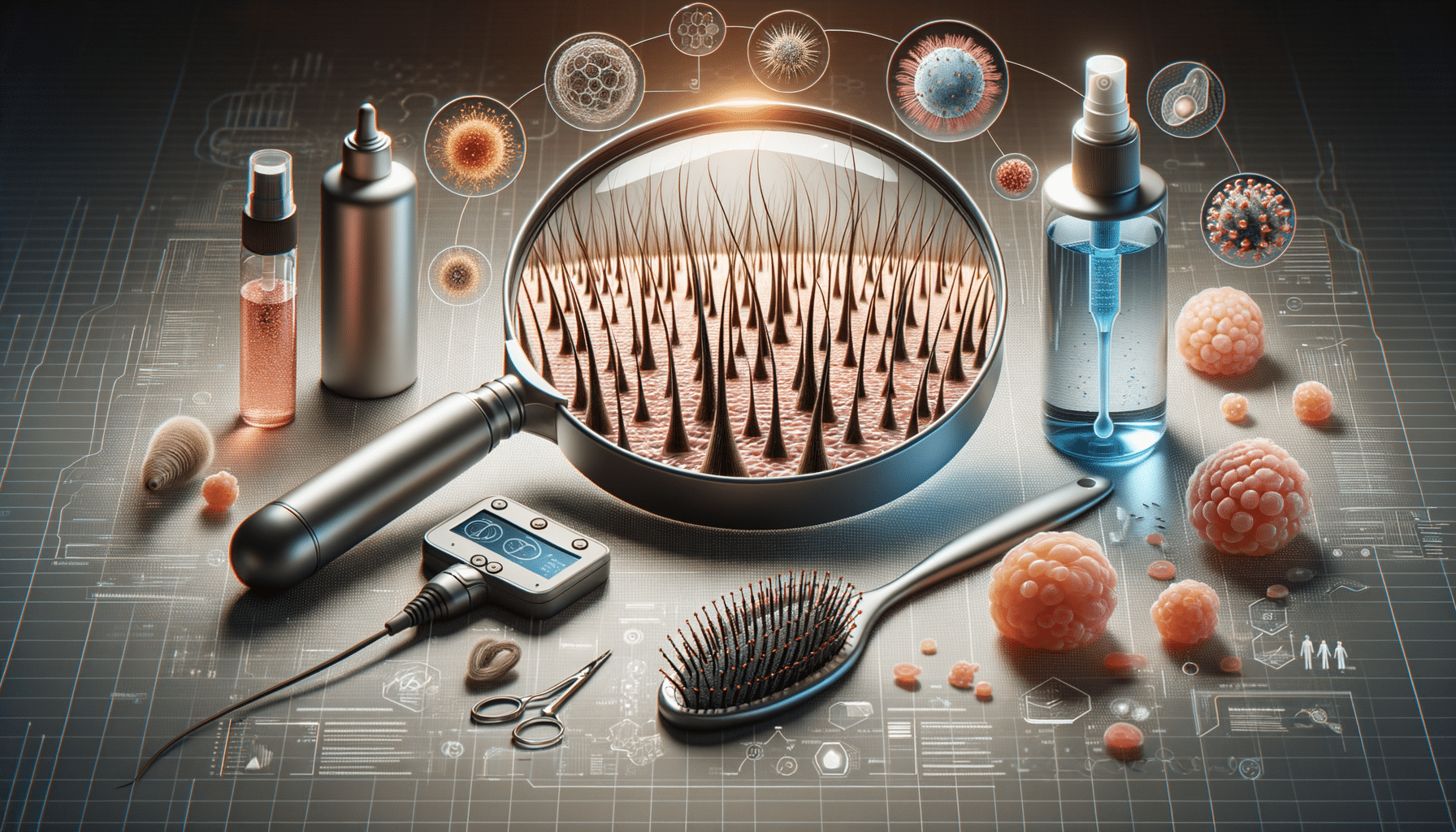
Understanding Hair Loss: Causes, Treatments, and Solutions
Introduction to Hair Loss
Hair loss, medically known as alopecia, is a condition that affects millions of people worldwide. While often associated with aging, hair loss can occur at any age and can be influenced by a variety of factors. Understanding the causes and available treatments is crucial for those looking to manage or prevent further hair loss. This article delves into the complexities of hair loss, exploring its causes, the impact it has on individuals, and the various treatments available.
Causes of Hair Loss
Hair loss can be attributed to numerous factors, each affecting individuals differently. One of the most common causes is genetics, with hereditary hair loss being the most prevalent form. Known as androgenetic alopecia, this condition is influenced by genetic predisposition and hormonal changes. Other causes include:
- Hormonal imbalances, such as those experienced during pregnancy, menopause, or thyroid issues.
- Medical conditions like alopecia areata, scalp infections, or diseases such as lupus.
- Medications, including those used for cancer, arthritis, depression, and heart problems.
- Physical or emotional stress, which can trigger a temporary form of hair loss called telogen effluvium.
- Poor diet and nutritional deficiencies, particularly a lack of protein, iron, or other essential nutrients.
Understanding these causes is the first step in addressing hair loss effectively, allowing individuals to seek appropriate treatments and lifestyle changes.
Impact of Hair Loss on Individuals
Hair loss can have significant psychological and emotional effects on individuals. For many, hair is a key aspect of their identity and self-image. Losing hair can lead to a loss of confidence and self-esteem, impacting personal and professional relationships. In some cases, individuals may experience anxiety or depression as a result of their changing appearance.
Moreover, the social stigma associated with hair loss can exacerbate these feelings, leading individuals to seek quick fixes or hide their condition. It is essential to address these emotional impacts alongside physical treatments, ensuring a holistic approach to managing hair loss.
Treatments and Solutions for Hair Loss
There are several treatments available for hair loss, ranging from medical interventions to lifestyle changes. Some of the most common treatments include:
- Medications such as minoxidil and finasteride, which can help slow hair loss and, in some cases, promote regrowth.
- Hair transplant surgery, where hair follicles are moved from one part of the scalp to another to restore hair density.
- Laser therapy, which uses low-level lasers to stimulate hair growth.
- Scalp micropigmentation, a cosmetic procedure that creates the appearance of hair density using tattooing techniques.
- Lifestyle changes, including a balanced diet rich in essential nutrients and stress management techniques.
Choosing the right treatment depends on the underlying cause of hair loss, the individual’s health, and their personal preferences. Consulting a healthcare professional is crucial to determine the most suitable approach.
Conclusion: Navigating Hair Loss
Hair loss is a multifaceted issue that requires a comprehensive understanding of its causes and effects. By identifying the underlying factors and exploring various treatments, individuals can make informed decisions about managing their condition. While hair loss can be challenging, advancements in medical treatments and supportive solutions offer hope and options for those affected. Embracing these solutions can help individuals regain their confidence and improve their quality of life.